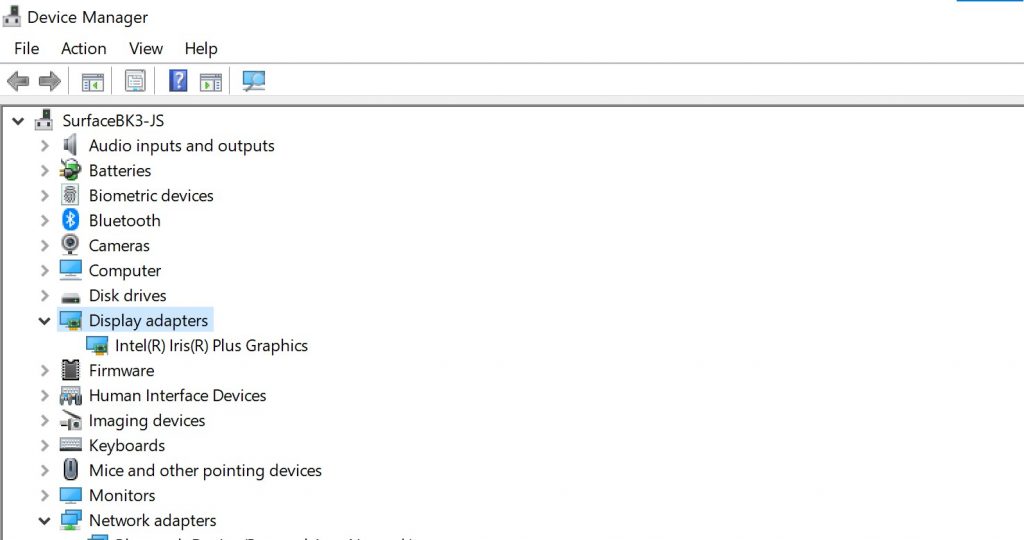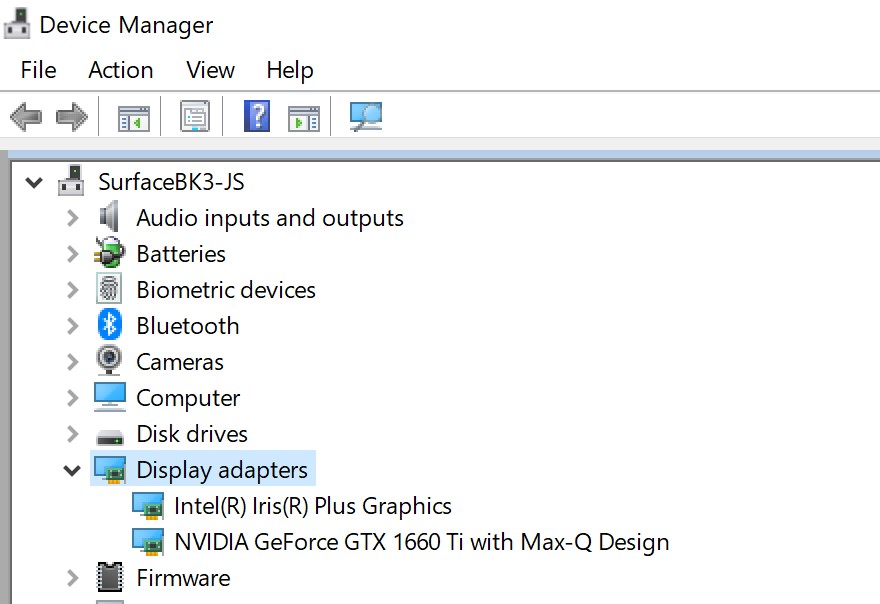I’ve been a big fan of the Microsoft Surface Book series of notebooks, at least up to the current model, the Microsoft Surface Book 3, that was introduced in 2020. I was happily using my SB1, purchased in 2016, until I felt I needed an upgrade, since the CPU (Core i7 6600), 8 GB of RAM and 256 GB SSD storage weren’t enough anymore for the increased demands. So, in August 2020, I purchased the then top of the line model „Microsoft Surface Book 3 15 SMV-00005“ from German retailer Cyberport for the price of around EUR 3000.
At first, I wasn’t disappointed: the device was just as beautifully designed as my previous model, the screen was larger and offered a resolution of 3240 x 2160. I particularly like the great inking capabilities of the screen, one of the reasons, why I went for a Surface Book in the first place. Microsoft didn’t include the pen anymore as they did back in 2016, but the pens haven’t changed since then and my old one continues to work perfectly.
Soon, problems started to show up. Less than two months after the delivery I’ve reached out to Cyberport since the screen of the Surface Book 3 went black for no apparent reason and the screen brightness wasn’t stable – it flickered all the time. I was so unhappy and disappointed with the device, particularly comparing it to my previous model, so much that I wanted to return it entirely.
Cyberport then asked me to contact the manufacturer – Microsoft – directly, since the vendor warranty was still in place, which I immediately did.

After some interaction with Microsoft support, they sent me a replacement device (probably refurbished). The blackening of the screen was gone and the annoying flickering mostly as well. So far, so good. But the replacement device did have other, even more annoying issues. Apparently, the dynamic fulcrum hinge, a special and basically very nice feature of the Surface Book series of notebooks, has physical connectivity issues, something that is reported on by other bloggers (e.g. Why I stopped buying Surface | Windows Central). In my case, this leads to the nVidia GPU built in to the performance base (the detachable keyboard) not showing up in device manager or task manager for approximately 80% of the time. Repeated detachments and re-attachments of the performance base usually bring it back to life. Even more disturbingly, when you move the screen forward or backward (thus moving the fulcrum hinge), often some internal disconnection occurs, so the USB ports get disconnected. This is particularly annoying, if you’re in the middle of a Zoom or Teams call and are using a USB dongle for the headset connection, then you’re suddenly disconnected from audio. Or you have data loss when working with an external USB hard disk.



It can still get worse, when moving the display and thus moving the fulcrum hinge, these internal physical connection problems lead to the system’s crash quite often, a blue screen referencing the nVidia driver is the result.

Of course, I’ve reached out to Microsoft support again, but the experience was really not optimal. While the support desk person was trying to be helpful, no resolution was found. Microsoft only offered a downgrade to a Surface Book 2 (refurbished) – not a real good solution, if you spent almost 3000 EUR on a device, that proved to be unreliable and overpriced when it comes to price / performance ratio.
I cannot recommend to go for a Surface Book model anymore at the moment and fully agree with other critical reviews like Why I stopped buying Surface | Windows Central. I sincerely hope, Microsoft will follow up and improve the situation here, since the Surface series does quite have some potential.

Recent Comments